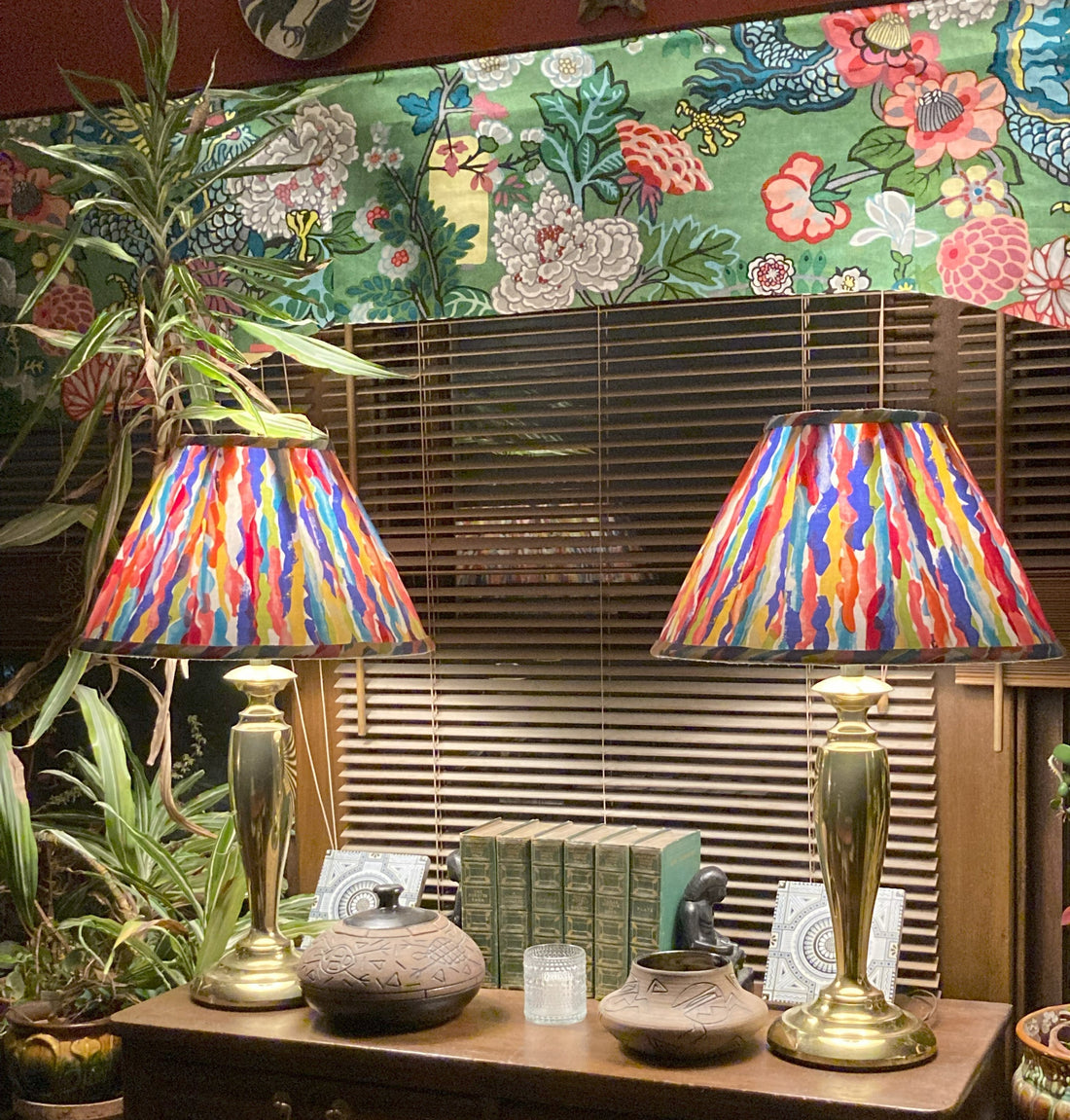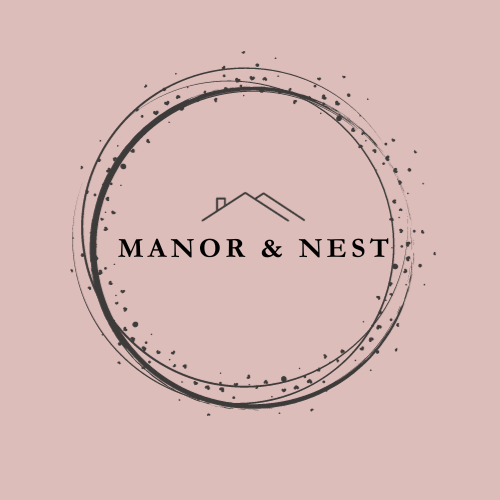
Minimalism and Maximalism are not Design Styles
It may be controversial, but we’d argue that minimalism and maximalism are very different, and highly personal, definitions of what is “enough” rather than design aesthetics. It’s equally possible to have a Boho, or Coastal, or Industrial inspired maximalist room as a minimalist one. Maximalism and minimalism are the two poles on the spectrum of how much stuff, and what kind of stuff, each of us can tolerate living with, and just as important, seeing. One person may thrive on abundance and another crave simplicity, and they could both love Farmhouse style. So the key is to understand what you see as beauty and what you see as noise. When you know this, and put it to work, your home can become a sanctuary which brings you both joy and peace.
We lean towards the maximalist end of the spectrum, and these are some things we have done.
Our house has a lot of storage, much of which is some sort of shelving system, ranging from bookcases and open shelving to cabinet interiors and shop shelves. Among these are a pair of open backed bookshelves with a sun-faded finish and a faux-craftsman style which no longer pleases us. Because the shelves remain useful, we have opted to skirt both of them to hide their looks and to conceal and protect the stuff we’ve stashed within. One holds our stereo system in a corner of the living room. The skirting helps limit the dust on the vintage black components while masking a potential black hole in the corner of the room. The other set of shelves sits in our front entry where it corrals the gloves, hats, citronella candles, and other clutter which finds a home near the front door, and which we don’t need to see. Because we’ve skirted the shelves, we probably don’t need to keep them orderly, but we’ve still organized everything in bins.


In the years before we bought our 1923 home, the wall or walls between the kitchen and pantry were removed, and a large, hulking cabinet was built above the pantry lower cabinets. One of the first things we did after buying the house was to remove the doors from that sturdy cabinet and painted the remaining structure white. We now use it as quasi open shelving, home to most of our heavy Fiesta Ware, as well as many things we don’t use every day: outdoor dishes, serving pieces, vases, pitchers, and smaller stuff stashed in baskets. We love to look at the pieces we’ve chosen over time, and, as long as we keep the entire space tidy and organized, we can handle the busy display. To our eyes, it’s a collection, not clutter.
As you might guess, we love textiles! We may have more than twenty different fabrics at any given time in our living room and dining room, which are open to each other. At the same time, we’ve repeated several of the fabrics on different pieces within the rooms – a curtain fabric may also be found in pillow covers or a lampshade; we’ve upholstered a wing chair and our dining chairs with the same heavy brown Belgian linen; and while we change our pillow and pouffe covers seasonally, we often use the same fabric on multiple pieces. The repeated textiles anchor those which are used more sparingly, and to us, these rooms never feel overstimulating or even fussy.
In fact, our dining room is one of the busiest rooms in the house, pattern-wise, with Schumacher’s Chiang Mai Dragon on the windows, piano bench cushions, and a door portiere. The top of our upright piano is covered in family photos; my grandmother’s tea cup collection fills the built in china cabinet and McCoy pottery covers the top; and a corner table holds an assortment of blue and white china. The walls are painted a deep red and none of the lampshades are white. As for the art, there are photos, etchings, and sketches, but they are all black and white, and all framed in black, silver, or gold. You may have already noticed, with the way I describe each element, what the key is to making all this madness appear cohesive and collected, rather than as chaos and cacophony. Each element – McCoy, blue and white, family photos, tea cups – is placed as a group. The other fabrics in the room all echo the Chiang Mai Dragon, sharing colors but not pattern or scale, becoming another collection in the room. And, importantly, most of these collections and the spaces they fill don’t have room for us to add anything new without first removing something else.

For us, home means being surrounded by things we love. Seeing them, living with them, changing them up and moving them around, while treasuring the stories they tell and the memories they inspire, brings us comfort. Yet, we also have little tolerance for clutter and noise. We prefer the things we can see to be collected and carefully edited, and to relate to each other through repetition, variation, meaning, and memory. And we depend on having a lot of our stuff accessible but out of sight. For you, the quantity of things you need and want, and how you choose to live with them, could be very different. As William Morris said, “have nothing in your house that you do not know to be useful or believe to be beautiful.” To that we would add, know what brings you happiness and what makes you crazy. Know when enough is enough.
For more on seasonal decorating, click here
For more on pattern mixing and layering, click here
For more on decorating with blue and white, click here
To browse and shop our Natural World Collection, click here
